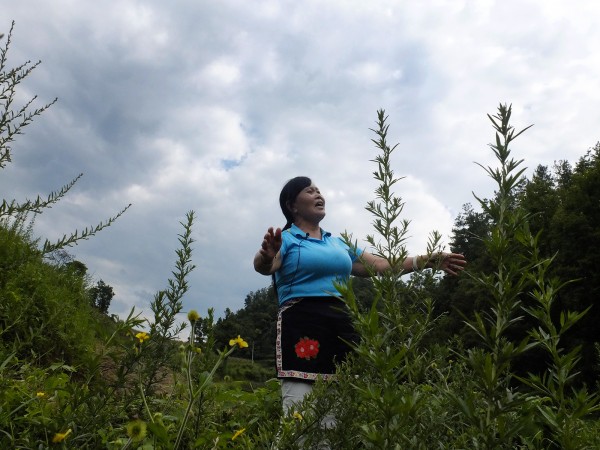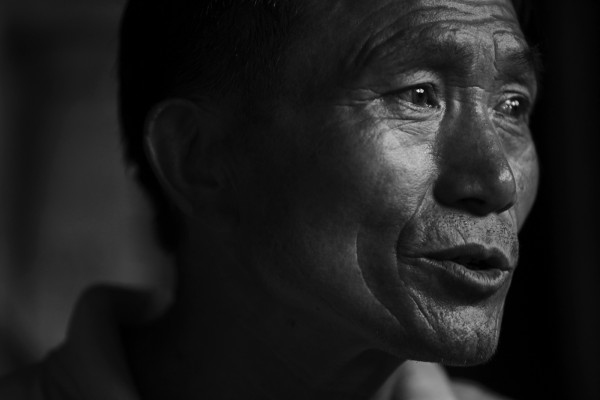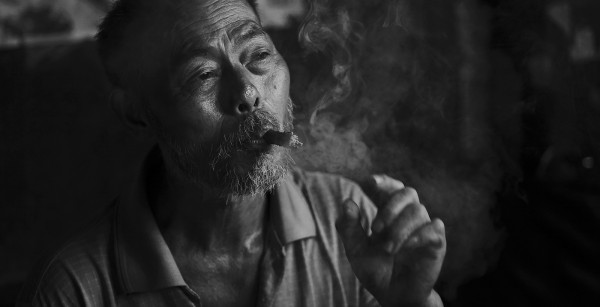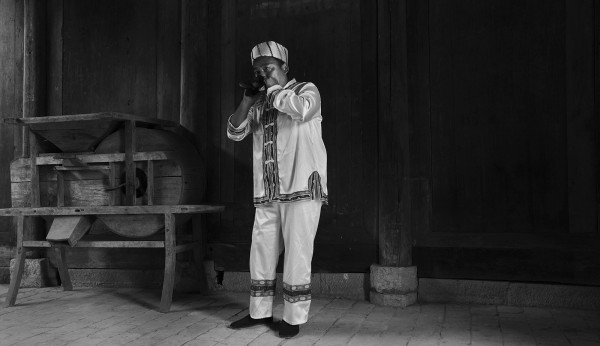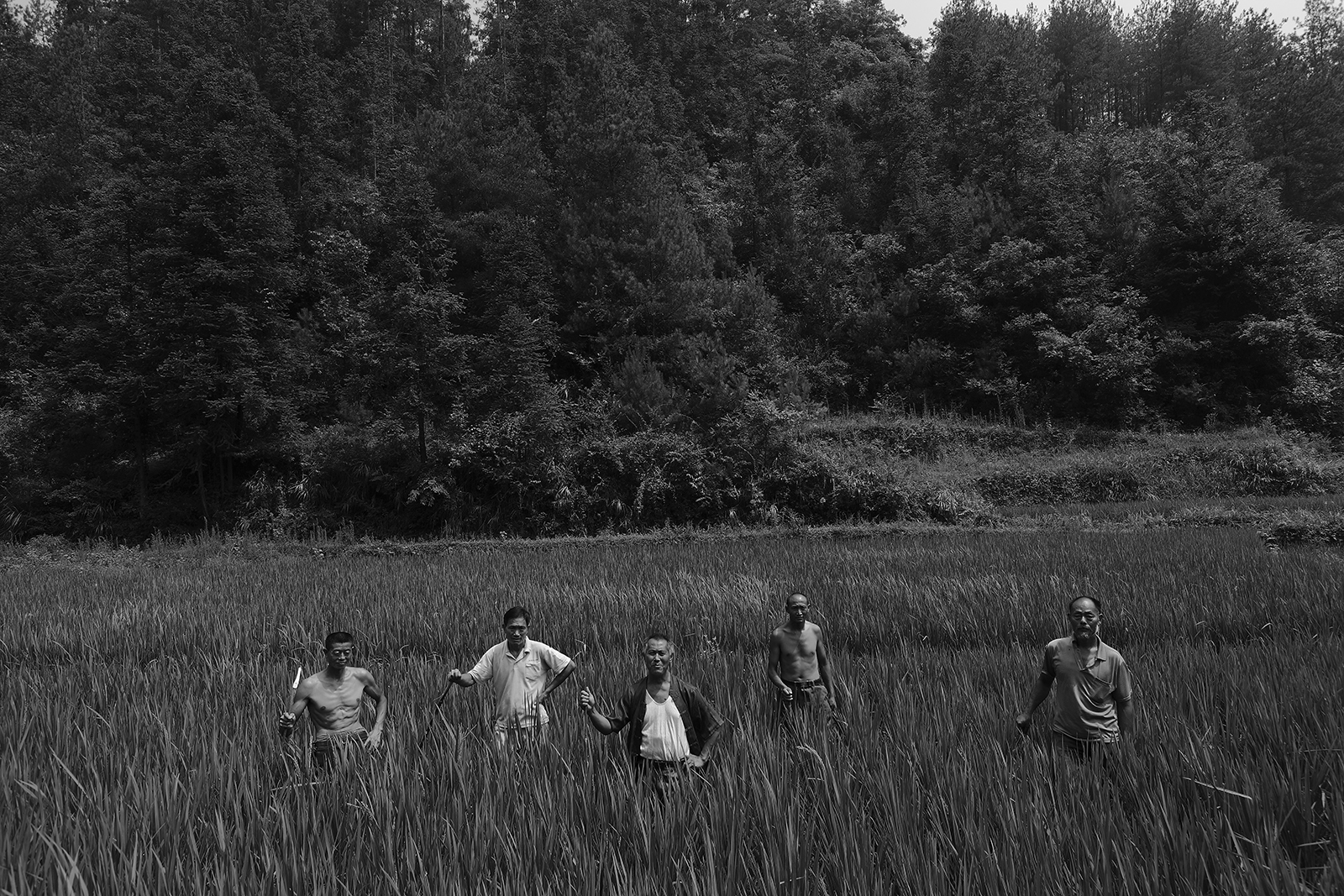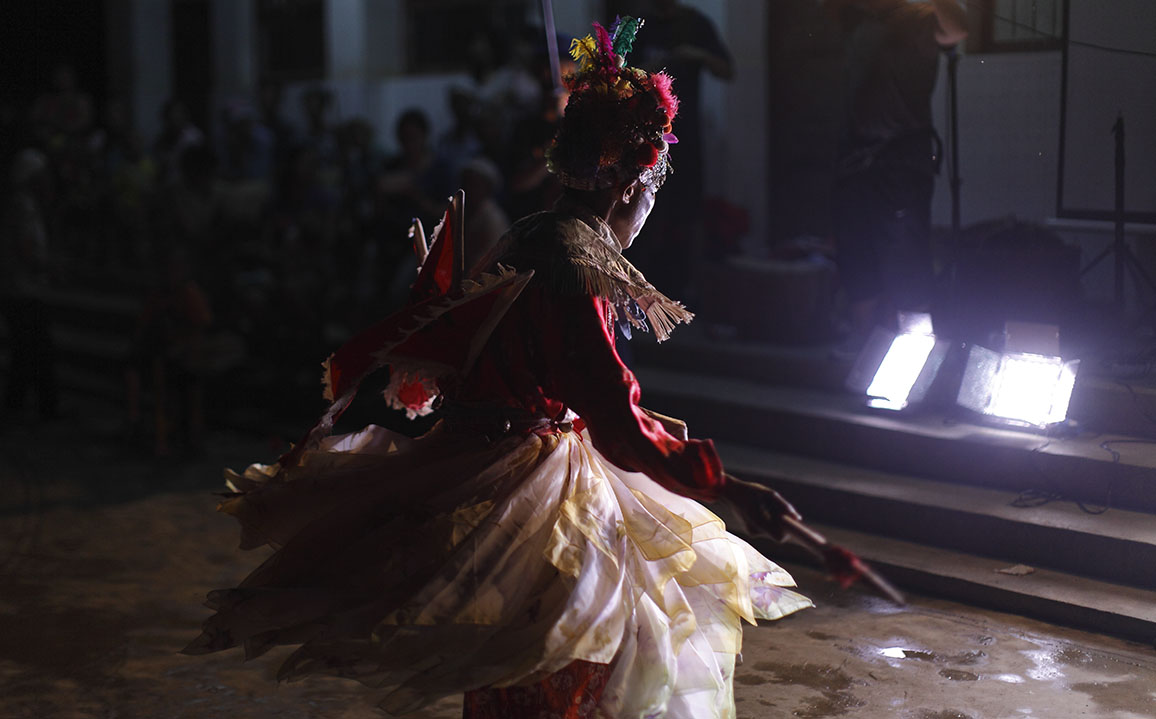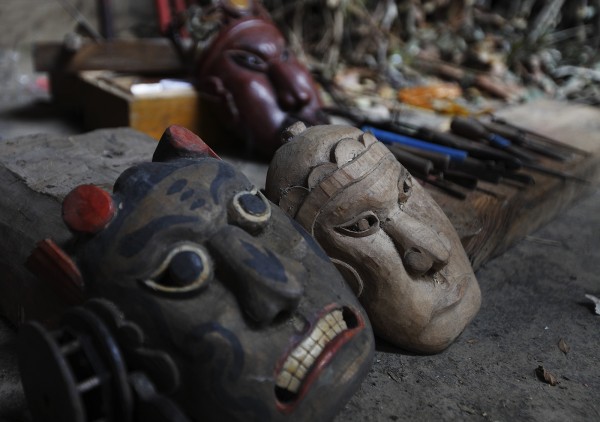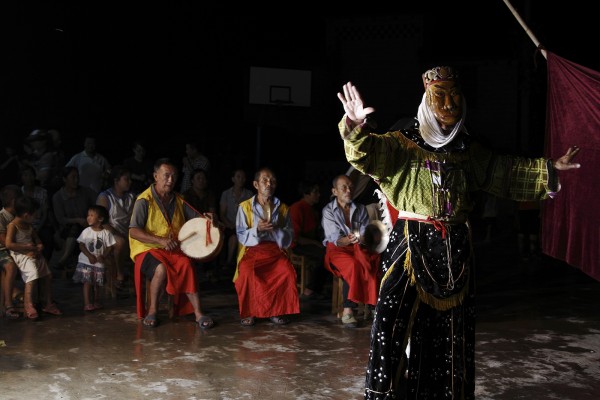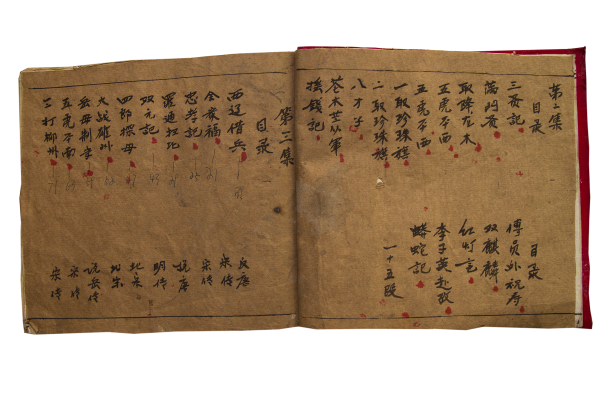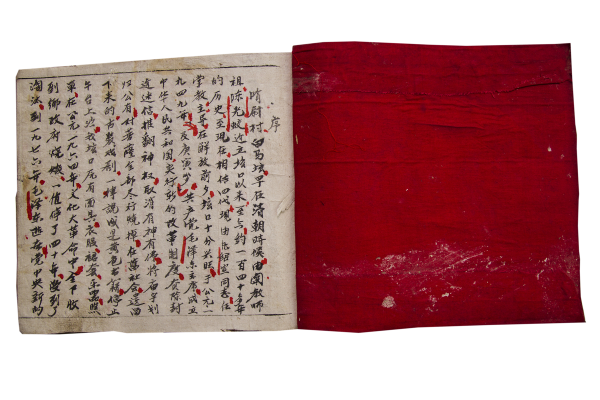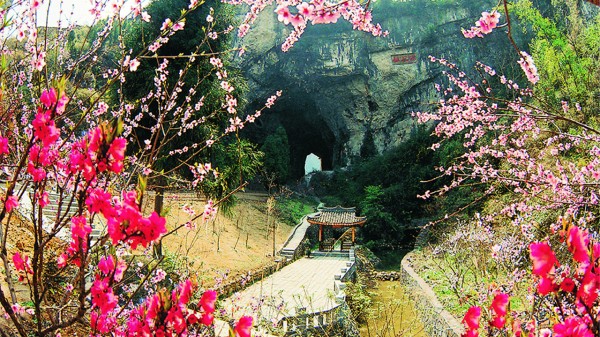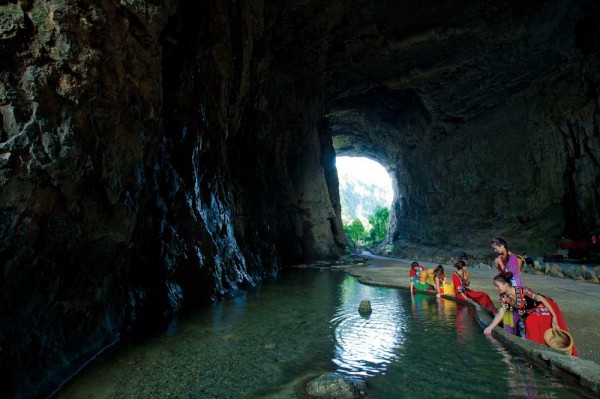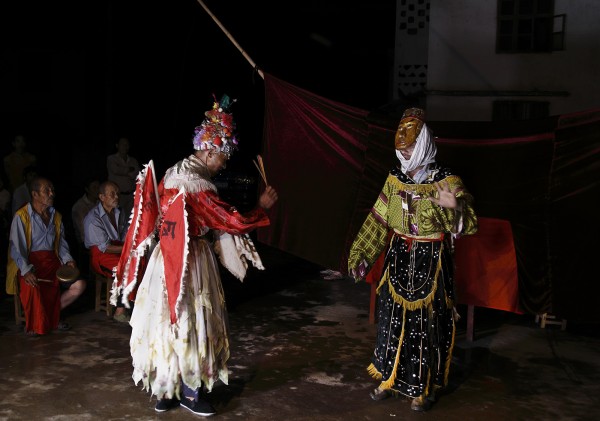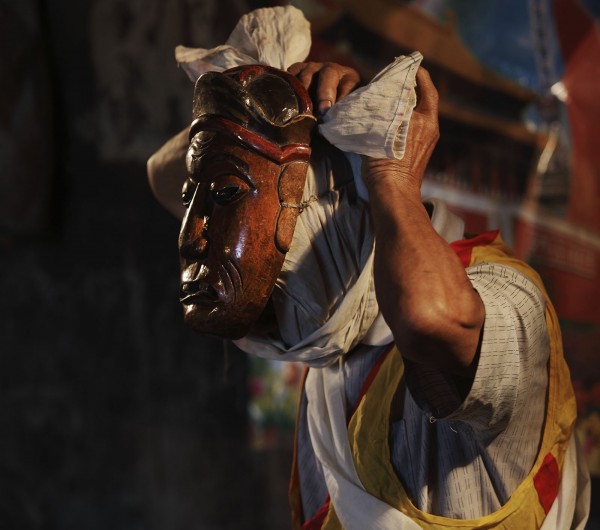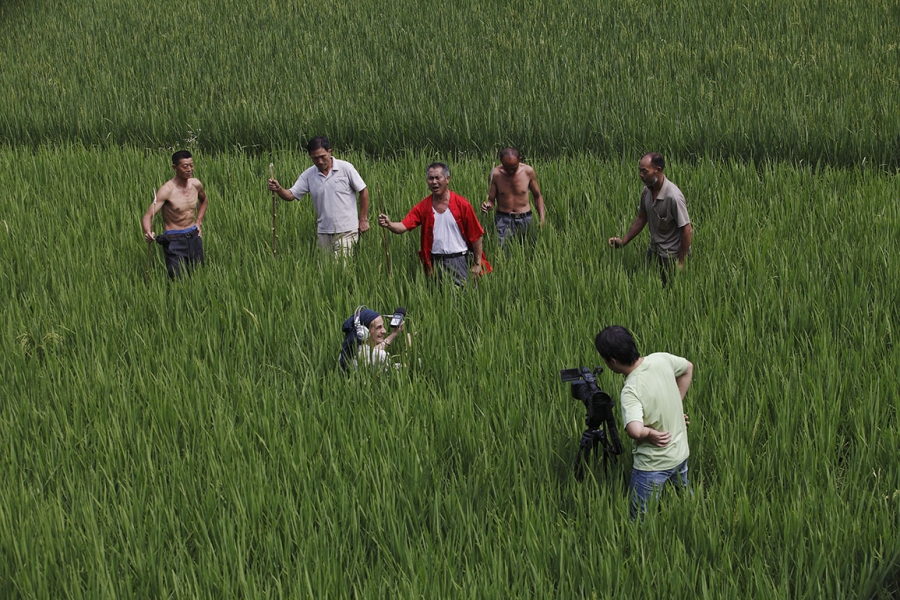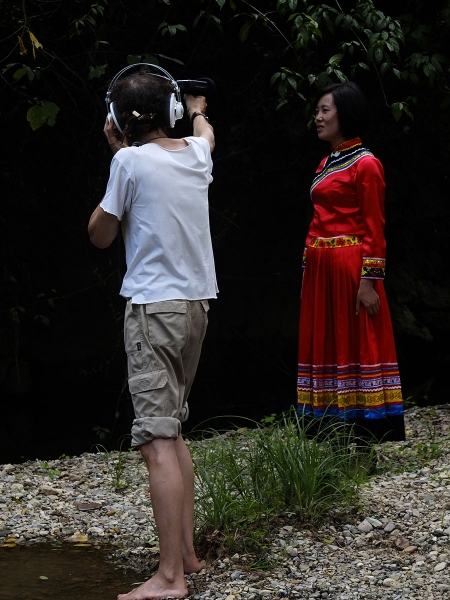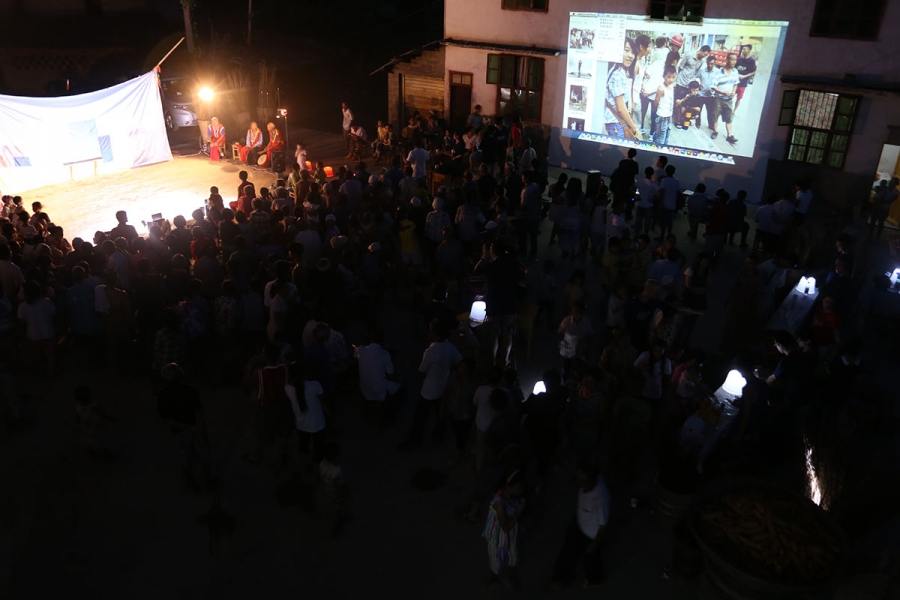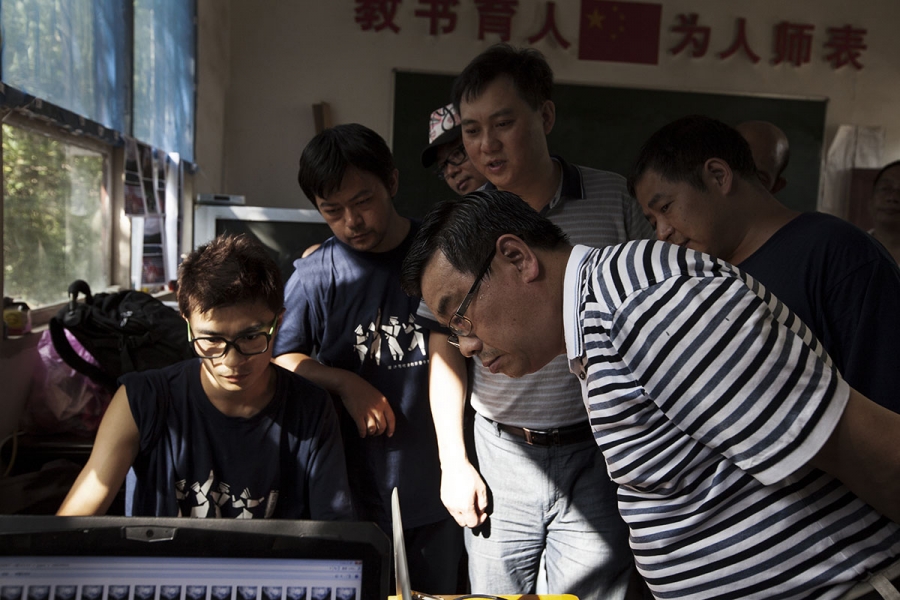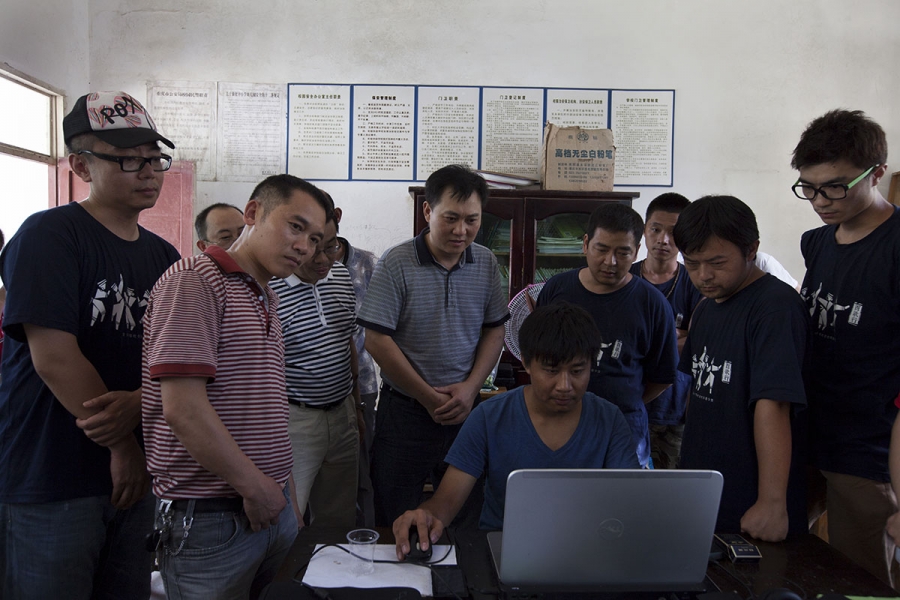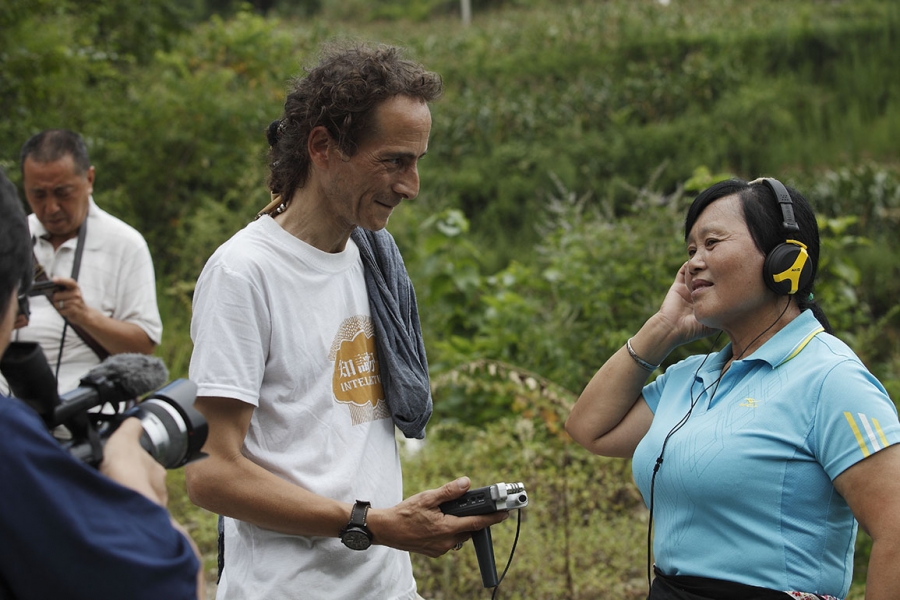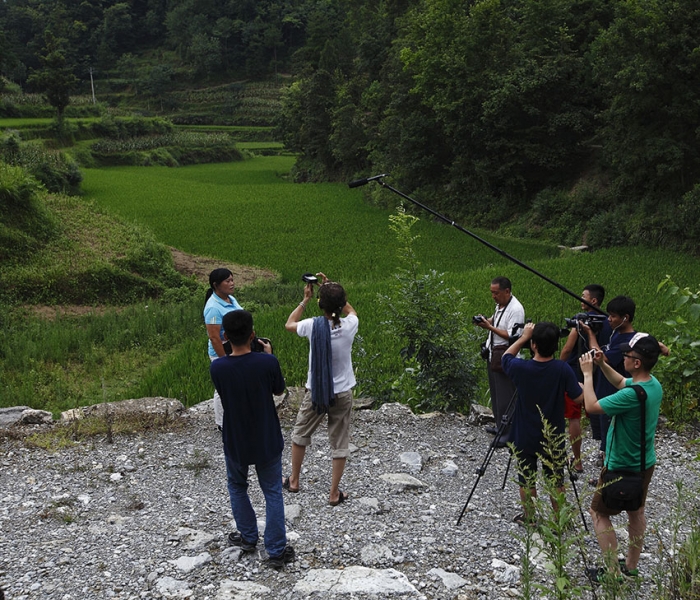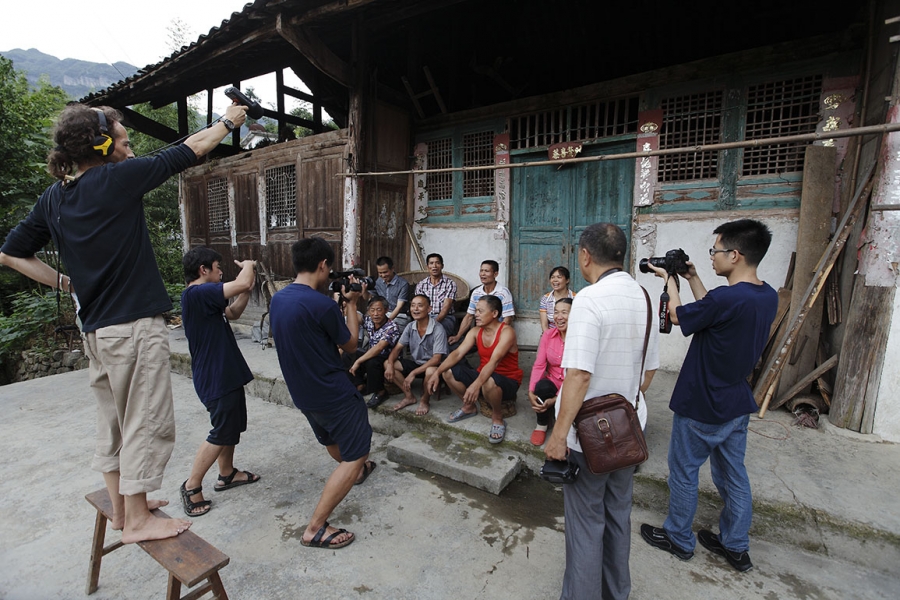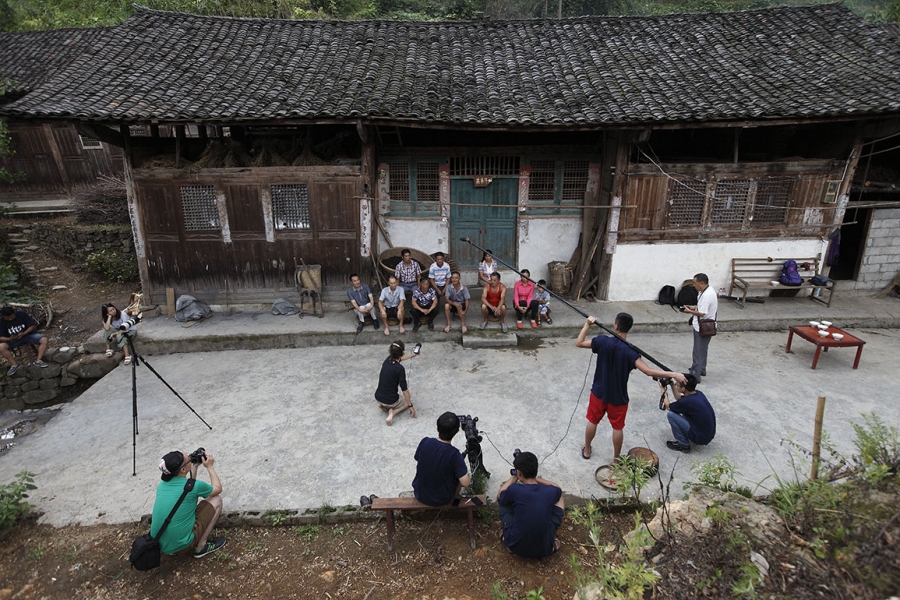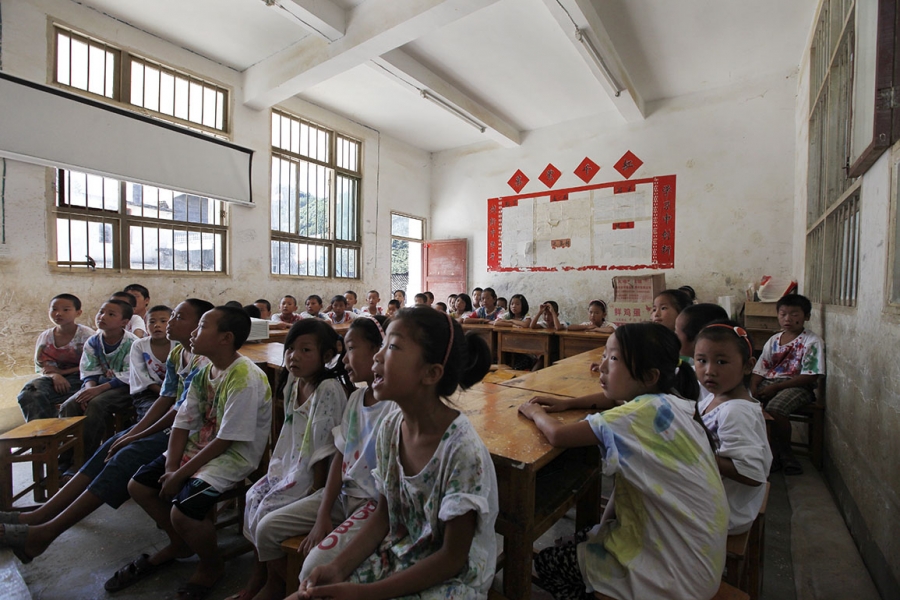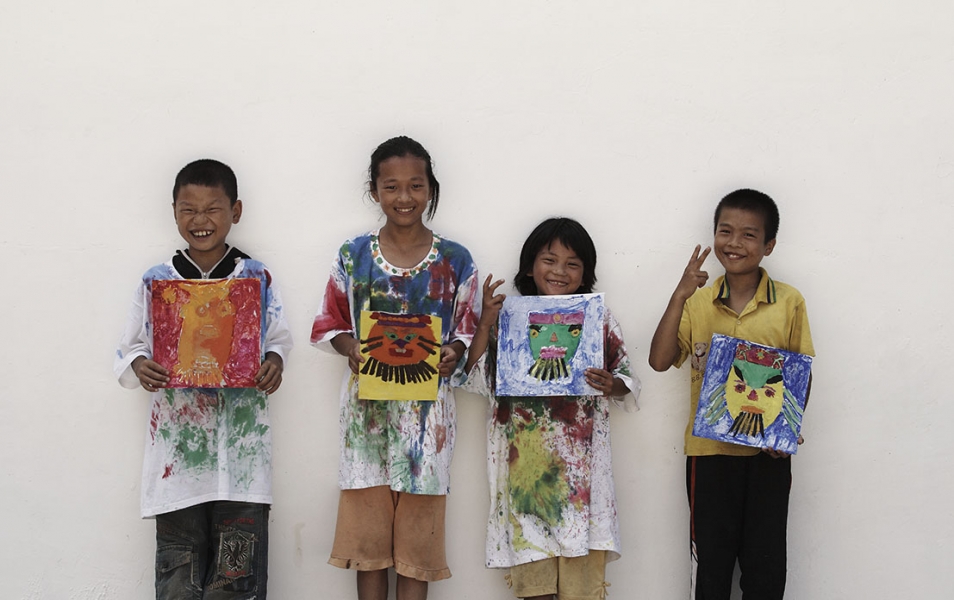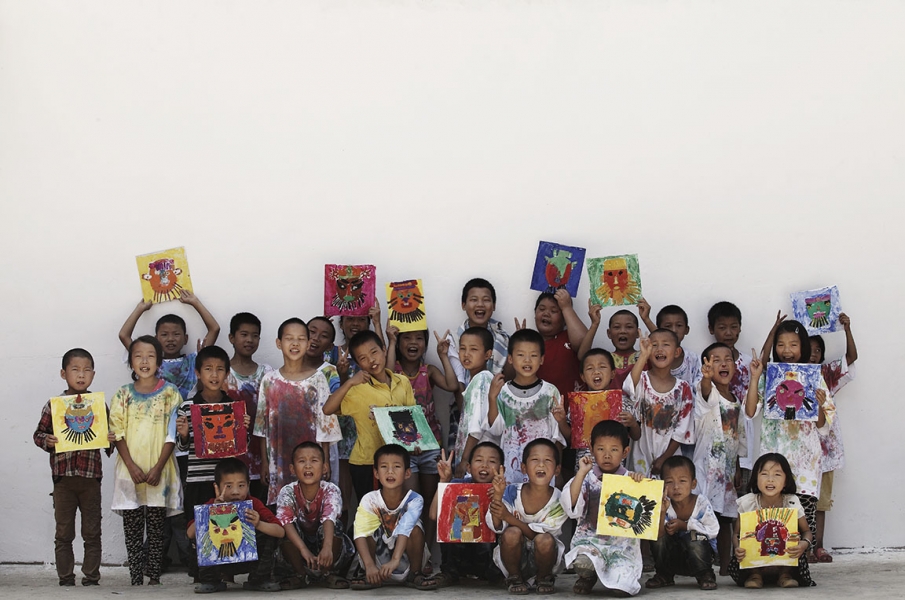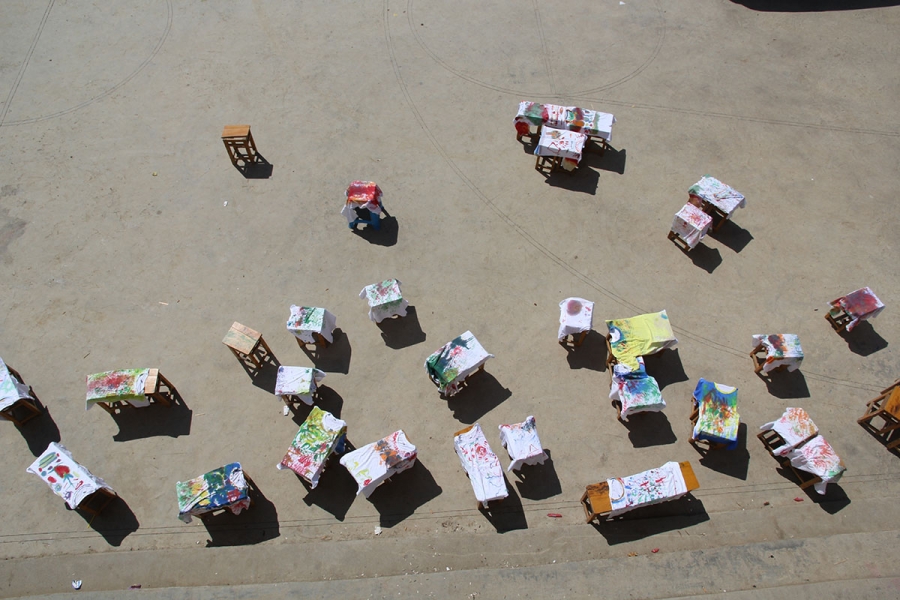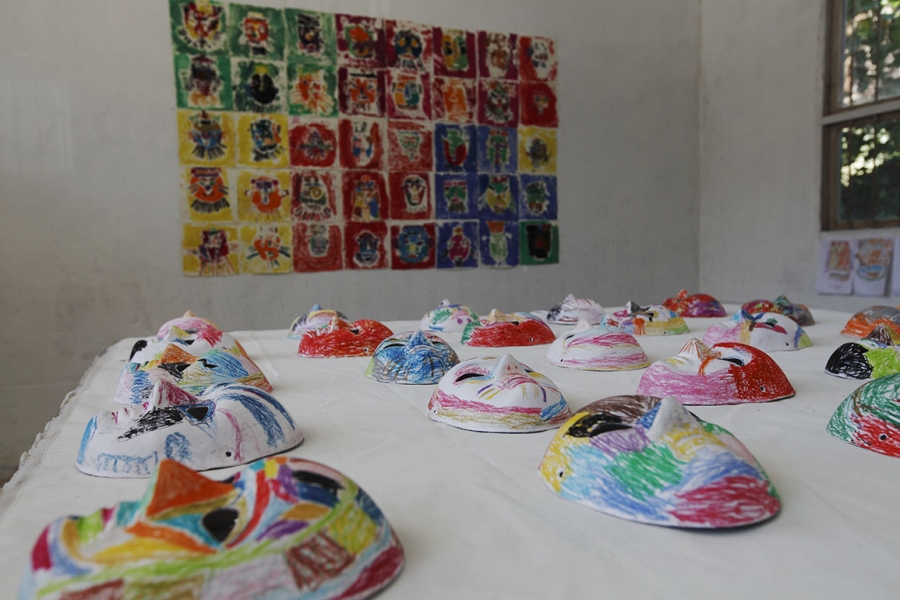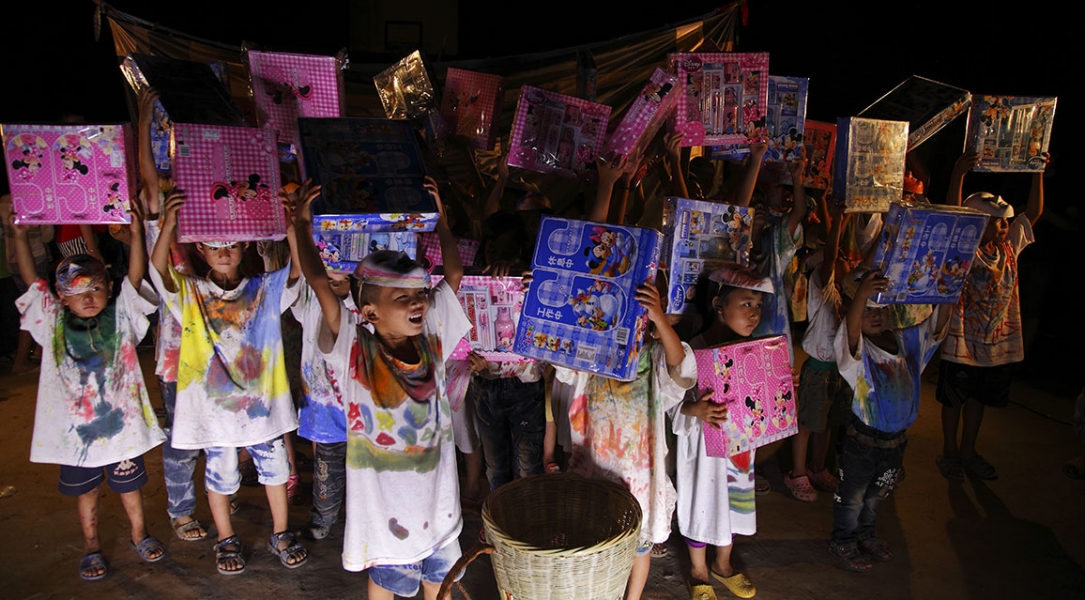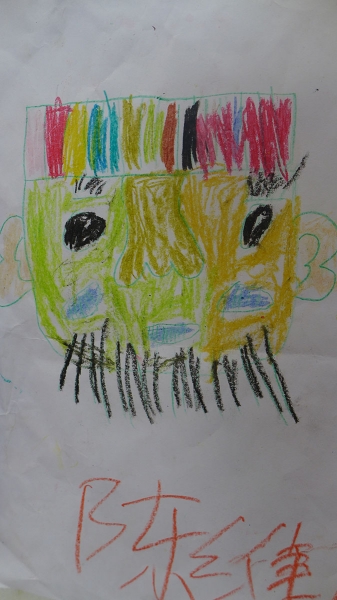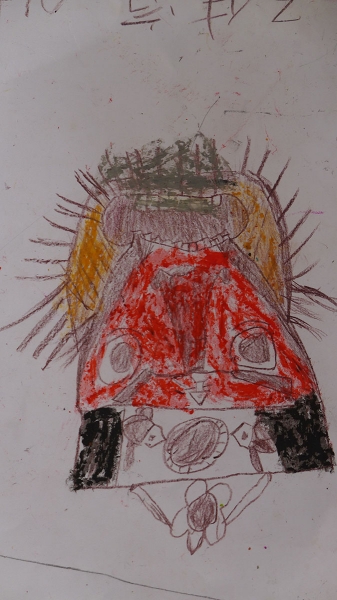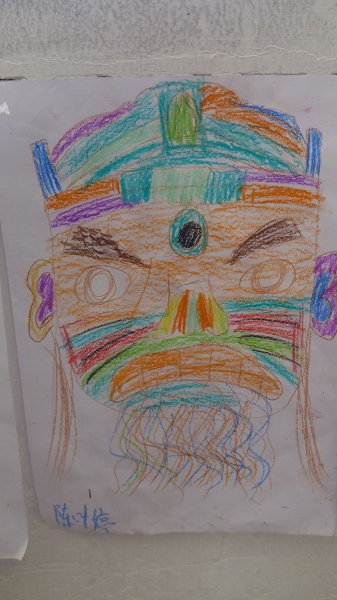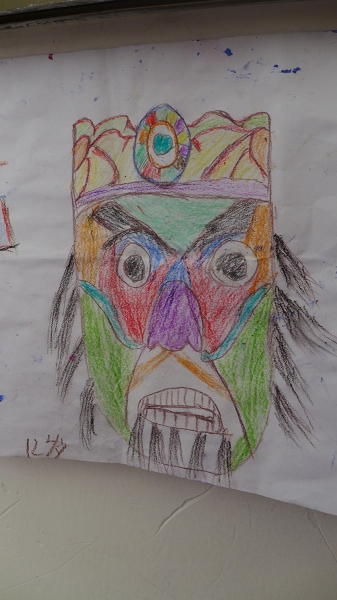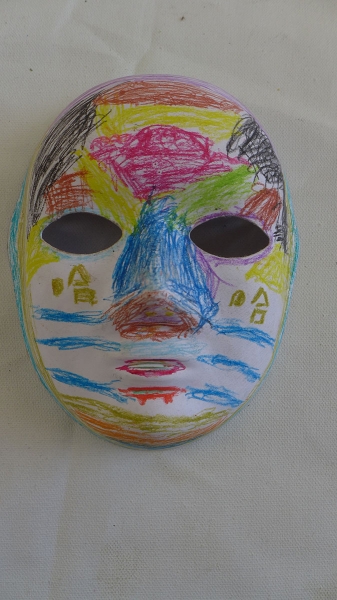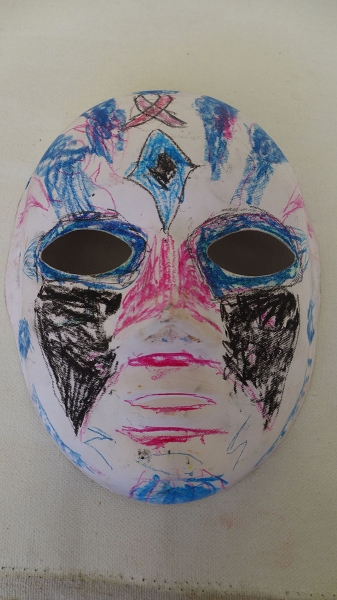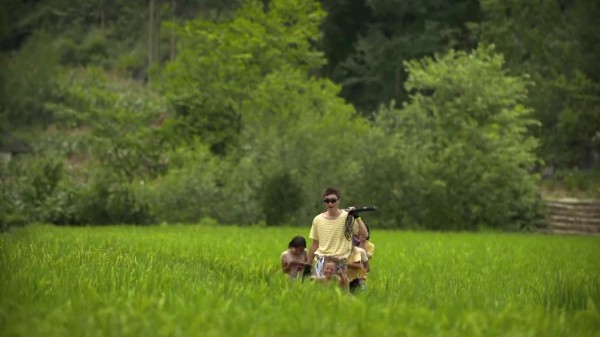In their daily life, the Tujia people improvise songs using inspiration from the natural landscape and social phenomenons as source material during their work or leisure time. The folk songs of the Tujia minority group reflect their historical development, modes of production, religious beliefs, folk customs, art traditions and local language.
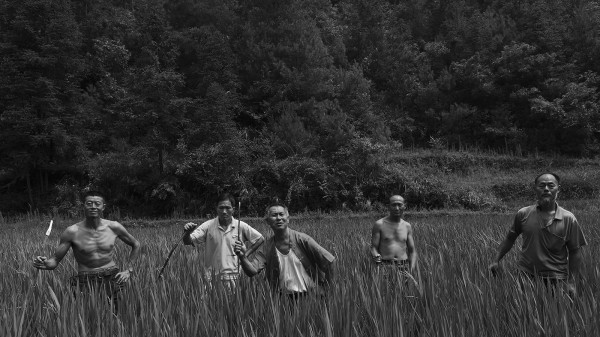
The Tujia folk songs in the Wujiang river basin in Chongqing are rich in content including the local food, clothing, shelter, and transportation. They describe a rich and almost forgotten way of life with unique national characteristics.
In their daily life, the Tujia people improvise songs using inspiration from the natural landscape and social phenomenons as source material during their work or leisure time. The folk songs of the Tujia minority group reflect their historical development, modes of production, religious beliefs, folk customs, art traditions and local language.
1. Self-entertaining folk song:
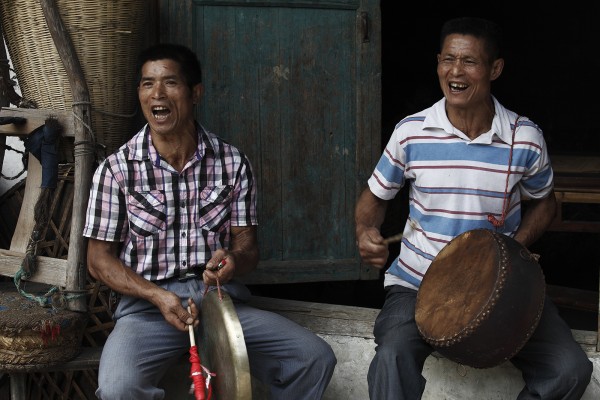
2. Flirting folk song: the flirting folk songs show teasing or flirting to the opposite sex. These ballads have a deep methodology and stories, most of which tell the boys and girls to maintain an honest and persistent pursuit of love.
3. Relieving folk song: this kind of song aims to cheer people up after work when they feel tired or upset.
4. Duet folk song: also called ask-and-answer songs. One singer answers another one’s question by singing while adding riddles into the lyrics.
